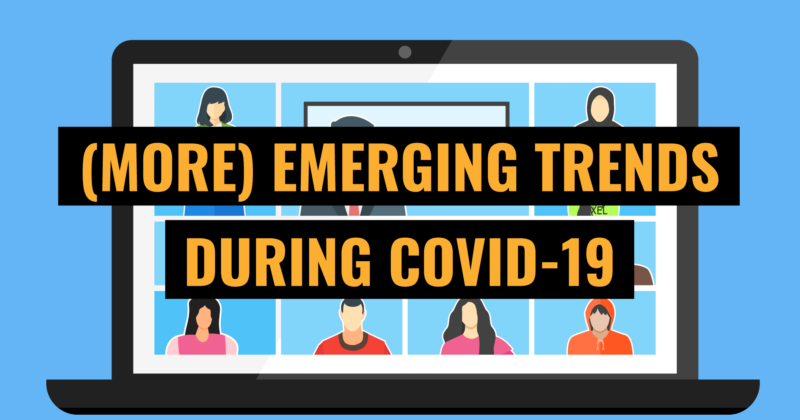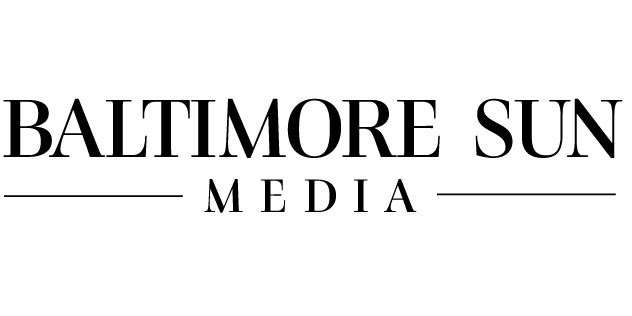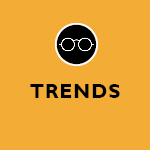
Programmatic win rates are closely aligned to the COVID-19 curve
Performance within auction-based ad systems seems to be contingent on the status of the ever changing COVID-19 pandemic. Programmatic win rates – the percent of impressions bid on divided by the impressions won – increased drastically as the virus began to take hold in mid-February when many brands began to decrease their ad spend. There followed a roughly 15% drop in CPM as competition declined.
As the curve of COVID-19 cases began to flatten by mid-April, so did win rates. According to data from the Goodway Group, on April 7, win rates peaked at 76.8%, but then began to fall again. It’s likely now that programmatic win rates will spike again as COVID-19 cases spike again too. It’s a roller-coaster but pay attention to it and spend accordingly as it can pay dividends…
Investing in times of economic downturn leads to an increased market share
Whilst this may seem counter-intuitive, a long-term advertising outlook during times of economic downturn can reap the benefits both now and in years to come. Research from Ebiquity found that “brands that increase spending during a recession achieve market share gains averaging 1.6 percentage points during the first two years of recovery.” Investing in programmatic buys now, whilst others who typically compete for the same audiences or with the same products are pulling back, will give you a head start when the economic downturn is over.
Consumer lockdown media habits are changing the face of programmatic
Connected TV viewership has seen a large increase due to people sheltering in place – according to Nielsen a 60% uplift. Consumers at home are also listening to more podcasts and other audio channels. Programmatic buys allow us to take advantage of these real time behavioral changes and we’ve seen a large spike in available ad inventory and lower eCPMs.
Smart devices are also providing new opportunities
The increased time spent in the home has also seen use of voice-based in-home devices increasing at a great rate. Amazon stated that skills usage in its Alexa-Enabled devices were up 65% in the first two months of the pandemic. Music and news listening through such devices has seen similar bumps. As we become more and more conscious of infection, the hands free nature of these devices will only help boots adoption.
Whilst some marketing tools in this space are still someway down the line (such as voice SEO); programmatic advertising can put you in these spaces in people’s homes right now.
Blocklists and contextual blacklisting are rising
In the wake of the pandemic and recent civil unrest, many brands are placing renewed focus on brand safety. This effects programmatic rates as brands attempt to manage which news stories they are liable to appear alongside. In the early weeks of the pandemic, rates saw a massive boost (not least across our own network here at Baltimore Sun Media) as more readers closely followed the developing news cycle.
As the pandemic developed, there was a sense of fatigue with the consumer and so advertisers began to pull back. According to Integral Ad Science data, “coronavirus” was the second-most common word on blocklists for news publishers and was the third-most common blocklist entry across the open web. This trend is likely to continue for the foreseeable future.
Baltimore Sun Media employs a product and platform agnostic approach to programmatic and we have a virtually limitless inventory allowing us to find the ideal space for your brand. Our in-house expert team is on hand to guide you through this ever-changing marketing approach, and help deliver dividends.

